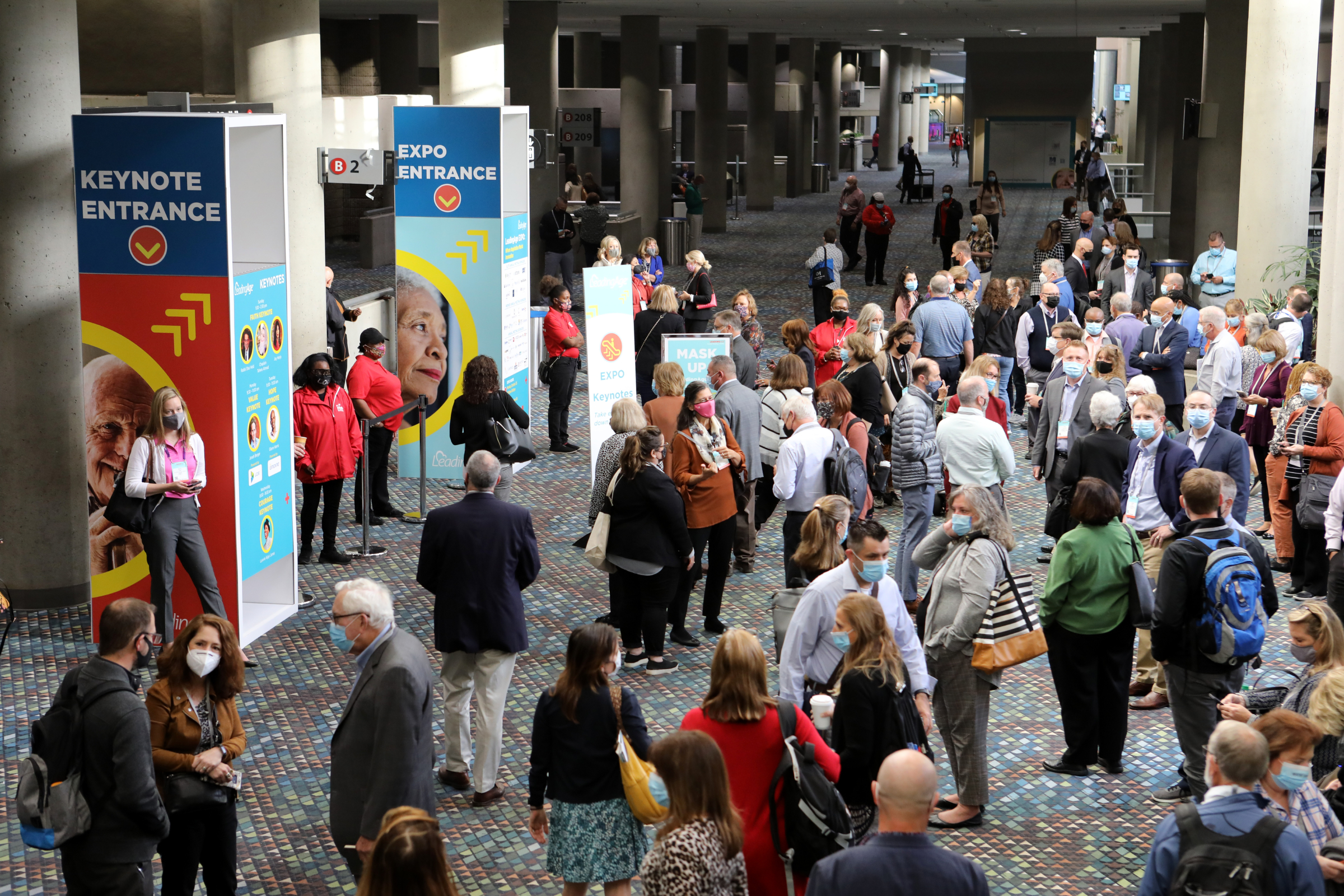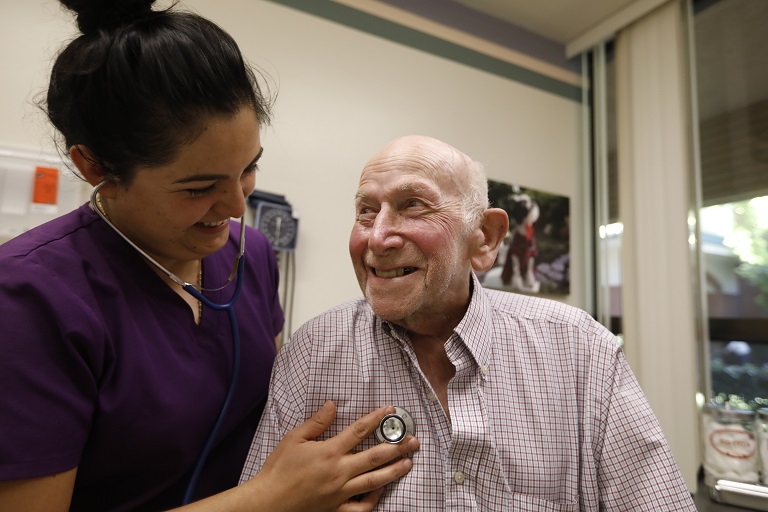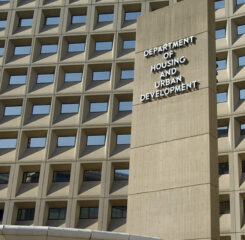Report: Housing Affordability and Accessibility Challenges Escalate
As affordability challenges climb and the need for accessible homes escalates, the number of households headed by adults age 65 and over will surge from about 33 million in 2018 to more than 50 million in 2038, lifting the older-adult share of all households from 26% to 34%, according to the State of the Nation’s Housing 2022 report released today by the Joint Center for Housing Studies.
The annual report looks broadly at the U.S. housing market and its impact on Americans.
Overall, the “imbalance between supply and demand sent home prices up sharply in 2021,” the report says. “As measured by the S&P CoreLogic Case-Shiller index, nominal home prices rose at an unprecedented 20.0% annual rate in August—more than three times faster than the 5.8% increase a year earlier and the fastest pace in records going back more than 30 years.”
Other key take-aways from the report:
- Unlike the previous run up [in housing costs] when loose credit and speculative buying fueled a housing bubble, the current home price surge largely reflects years of underbuilding.
- Increased competition for the limited supply of rentals accelerated the year-over-year rise in typical rents from 0.8% in December 2020 to 16.2% in December 2021.
- Rents for apartments in professionally managed properties were up 12% nationally in the first quarter of 2022 from a year earlier, with increases in several metro areas exceeding 20%.
- Disparities in homeownership remain large. In early 2022, the homeownership rates of Black households stood at just 45.3%, 28.7% below the rate for white households.
- The massive windfall from rapid home price appreciation has no doubt widened the wealth gap between homeowners and renters. Even at last measure in 2019, the median wealth of homeowner households was $254,900—about 40 times the $6,270 median for renter households.
- Still, households of color that own homes have far less housing wealth than white homeowners. In 2019, the median net wealth of Black homeowners ($113,100) was just over a third that of white homeowners ($299,900).
- Beyond expanding the supply of both affordable and market-rate housing, upgrades to the existing stock are increasingly urgent.
- The vast majority of US homes lack basic accessibility features—such as a no-step entryway and grab bars in the bathroom—that older adults and people with disabilities often need to live safely in their homes. As of 2019, more than 2.0 million households headed by adults aged 65–79 (8%) and nearly 1.5 million households age 80 and over (18%) reported having difficulties navigating or using their homes.
- The older-adult share of all households will increase from 26% in 2018 to 34% in 2038 and the number of number of households in their 80s and older is expected to more than double from 8.1 million to 17.5 million over this period.
- In addition, many of these older adults will ultimately live alone. According to American Community Survey data, 28% of householders aged 50–64 were in single-person households in 2019, compared to 38% of those aged 65–79, and 56% of those age 80 and over. Particularly at older ages, many of these single adults will need both accessible housing and supportive services to maintain their health as well as social connections.
- The need for affordable housing is also set to escalate. In 2019, fully 10.2 million households headed by someone age 65 and over paid a disproportionate share of their incomes for housing. Even if the cost-burdened share of this age group remains around a third in the decade ahead, the number of households requiring affordable housing will rise sharply with the aging of the large baby-boom generation.
- Better access to assistance with personal care, household tasks, transportation, and healthcare would greatly improve older adults’ ability to live on their own safely and comfortably. The availability of these services would particularly benefit middle- and lower-income households that are unable to afford assisted living or simply prefer to remain in their homes as they age.
- Onsite service coordinators at a sample of subsidized properties were able to connect older residents with resources for medical care, food and medication, and social engagement during the pandemic.
The report also considers the growing risks from climate change on the nation’s housing stock and the importance of mitigating residential housing’s environmental impact on climate change as it generates a fifth of the nation’s direct greenhouse gas emissions.
The report’s interactive maps and data also provide stakeholders with state and large metro-area data, including state level housing cost burdens (for owners and renters) by age group and other demographic factors (see Tab W2 of the Excel Data).
Access the full report as well as Excel Data and other report materials here.

Most Recommended
October 15, 2025
 Shutdown Week Three: Impact of Ongoing Closure on Affordable Housing
Shutdown Week Three: Impact of Ongoing Closure on Affordable Housing
December 10, 2025
Fiscal Year (FY) Funding 2026
October 07, 2025
Immigrant Workforce Matching Program Brings Workforce Relief
Recently Added
December 19, 2025
House Moves Forward on Affordable Housing Reforms
December 19, 2025
White House Cannabis EO Paves Way for Research, Access
December 19, 2025
LeadingAge Urges DHS to Maintain "Public Charge" Guardrails
December 18, 2025



